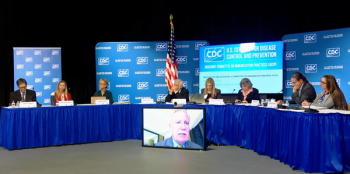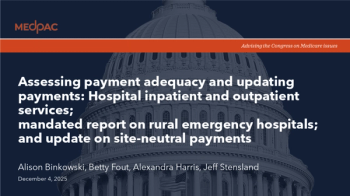
CMS cuts funding to ACA Navigator program
Key Takeaways
- CMS reduces Navigator program funding to $10 million, aiming for cost-effectiveness and lower premiums.
- The program's cost per enrollment was high, with decreased post-enrollment assistance despite increased funding.
Some enrollments were costing the government more than $3,000 per enrollee
CMS has announced a reduction in funding to $10 million for the
The program received $98 million in the 2024 plan year, and Navigators enrolled 92,000 consumers—0.6% of plan selections through the Federally-facilitated exchanges during the open enrollment period—at a cost of $1,061 per enrollment. Additionally, the average cost per enrollment exceeded $3,000 for 12 of the 56 Navigator grantee organizations. Looking back at the grant period covering the 2019 plan year—the year before the COVID-19 pandemic under a similar regulatory approach—Navigators likewise enrolled 0.6% of total enrollments through the exchanges at a substantially lower cost of $10 million. This previous grant funding level reflects $211 per enrollment.
According to CMS, the savings from this reduction will allow the exchanges to focus on more effective strategies that improve outcomes and to reduce the user fee in future years, which would translate into a reduction in premium. This change will directly benefit people enrolled without subsidies who pay the full premium for their health insurance.
“In addition, lower premiums will reduce the burden on hardworking American taxpayers who fund the premium subsidies through the FFEs,” the release from CMS read, in part.
The Navigator program is funded by user fees, and the decrease in funding to $10 million per year will save a total of $360 million over the next four years of the five-year period of performance, which began August 27, 2024, and runs through August 26, 2029, according to CMS. Because the user fee is directly passed through to the premium that health insurers charge, the
CMS also indicated that additional performance data for Navigators further supports this reduction. Data show that for the 2019 plan year, Navigators provided post-enrollment assistance to approximately 205,000 consumers. Despite higher funding and substantially higher enrollment levels, the level of post-enrollment assistance dropped to approximately 86,000 consumers for the 2024 plan year.
“Overall, Navigator performance data shows that the current level of funding does not represent a reasonable return on investment. These numbers indicate that Navigators are not enrolling nearly enough people to justify the substantial amount of federal dollars previously spent on the program. This reduction will ensure funding is focused on meeting the statutory goals of the program more efficiently and effectively,” the CMS release read in part.
Newsletter
Stay informed and empowered with Medical Economics enewsletter, delivering expert insights, financial strategies, practice management tips and technology trends — tailored for today’s physicians.
















